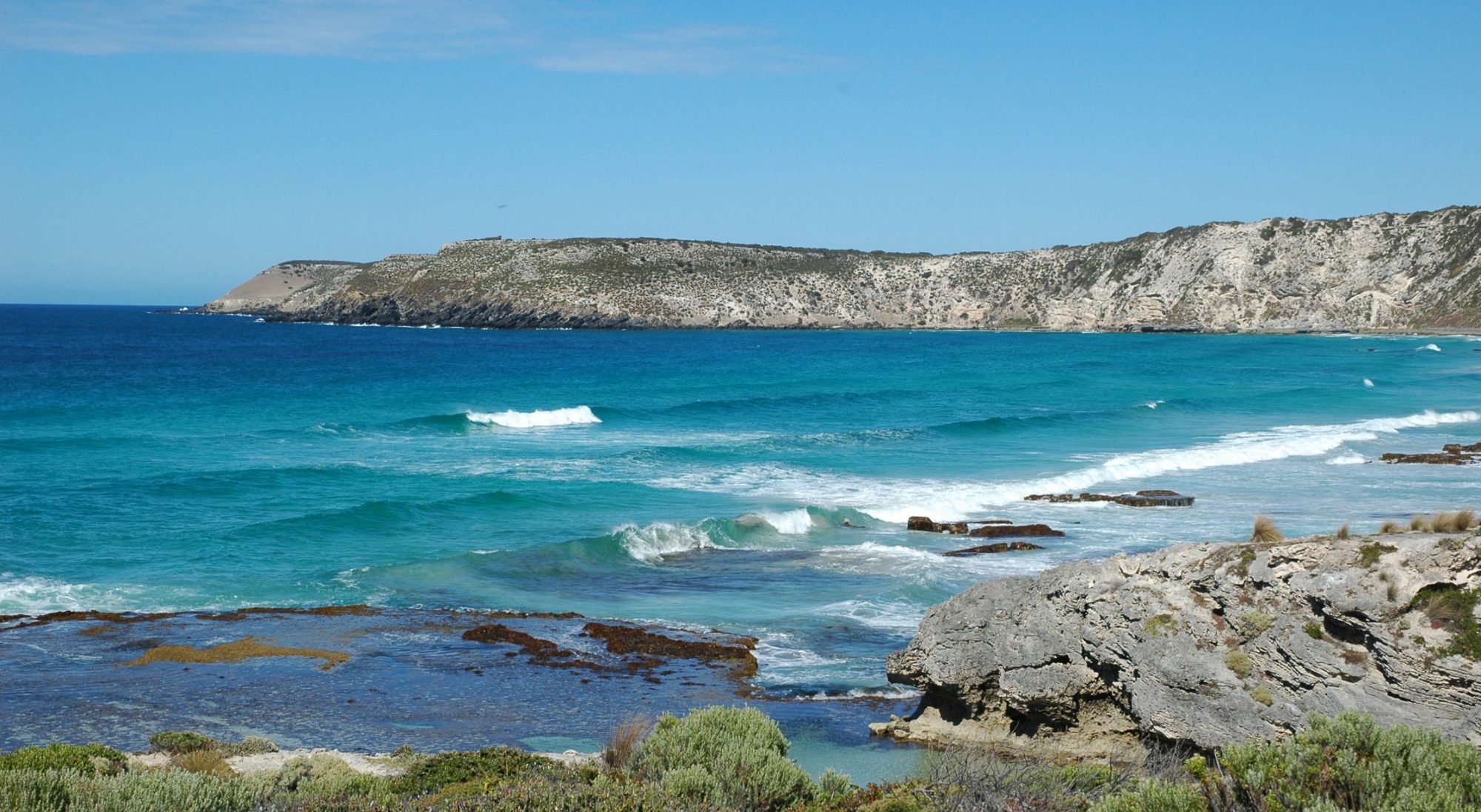THE SCIENCE OF SCENERY
How we view scenic beauty, what it is, why we like it, and how to measure and map it
 Dr Andrew Lothian has published a comprehensive book, The Science of Scenery. This profusely illustrated book traces human interest in scenic beauty and places its measurement on a scientific footing. The book, comprising nearly 500 pages, draws from over 1300 landscape research papers and contains over 800 photographs, figures, graphs, maps and tables spread over its 23 chapters.
Dr Andrew Lothian has published a comprehensive book, The Science of Scenery. This profusely illustrated book traces human interest in scenic beauty and places its measurement on a scientific footing. The book, comprising nearly 500 pages, draws from over 1300 landscape research papers and contains over 800 photographs, figures, graphs, maps and tables spread over its 23 chapters.
The Science of Scenery provides a rigorous examination of how we view scenic beauty, why we like it, and how it may be measured and mapped. There is no other book that not only traces the development of the Western view of landscapes in all its dimensions but also brings together the findings of recent research into it.
The material of this book has been described by Professor David Gilbertson as an extraordinarily difficult topic, intractable perhaps, and full of pitfalls and snares. However, it is a profoundly original and an important piece of work. It is full of unusual insights, new juxtapositions of ideas, novel syntheses, new evidence, fresh understanding and unfamiliar perspectives upon a difficult subject.
The core message of the book is that aesthetics is a subjective quality which can be measured objectively through surveying people’s likes and dislikes – their aesthetic preferences. It is not enough to merely describe the character of the landscape without also assessing its quality because it is its beauty, not its character, which we find attractive.
Andrew Lothian has developed and applied the Community Preferences Method (CPM) described in this book to regions of Australia and also to the Lake District in England. The CPM has also assessed the visual impact of developments including wind farms. The book contains a wealth of insights into landscape preferences derived from these studies. The CPM is sufficiently detailed to enable anyone to apply it to landscapes of interest.
The book will appeal to and provide a valuable resource to landscape managers, planners, psychologists, geographers, environmentalists and landscape designers as well as to the well-read layperson because of its wealth of historical and cultural information.
As summed up by Professor Ian Bishop in his forward to the book,
It is a major contribution in consolidating all we have learned over the last millennia, and provides a terrific starting point for those concerned about the future of our landscapes.

To order the book: Click here
Statement by Prof Dr Werner Nohl, Technische Universitat Műnchen, 16 November, 2017
I would like to draw attention to a book, which was published earlier this year: “The Science of Scenery” by Andrew Lothian. It is an enormous work of 480 pages, richly illustrated and well-founded with a huge literary treasure. There is nothing like it, even in the English-speaking world. It is structured as a reader and can therefore be read in parts and used as a basis for elaboration. In the last part of the book, the author presents his own landscape assessment method that he has used in large, extensive studies mainly in South Australia. The unique book belongs on the table of everyone who deals with landscape assessment and their landscape aesthetic conditions.
Review by Prof Ric Smardon, SUNY Distinguished Service Professor Emeritus in Landscape Journal, 37:2 (Jan, 2020). Smardon review
Comment online, 4 September, 2017: “It is an amazing book which connects landscape ecology and landscape aesthetics”
Review by Dr Jon Burley FASLA, School of Planning, Design & Construction, Michigan State University Jon Burley’s review
Review by A. Asbjørn Jøn in Journal of Sustainable Tourism. A. Asbjørn Jøn Review
American Planning Association review in the journal, Planning, May 2017


